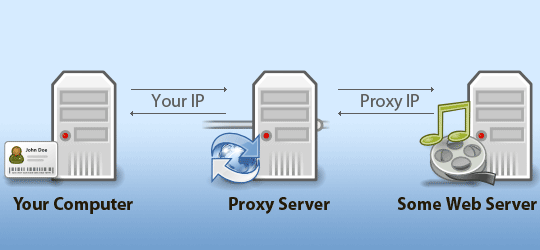If the Ubuntu Server installer has set your server to use DHCP, you will want to change it to a static IP address so that people can actually use it.
Changing this setting without a GUI will require some text editing, but that’s classic linux, right?
Let’s open up the /etc/network/interfaces file. I’m going to use vi, but you can choose a different editor
sudo vi /etc/network/interfaces






 Both Linux and UNIX include various commands for Compressing and decompresses (read as expand compressed file). To compress files you can use gzip, bzip2 and zip commands. To expand compressed file (decompresses) you can use and gzip -d, bunzip2 (bzip2 -d), unzip commands.
Both Linux and UNIX include various commands for Compressing and decompresses (read as expand compressed file). To compress files you can use gzip, bzip2 and zip commands. To expand compressed file (decompresses) you can use and gzip -d, bunzip2 (bzip2 -d), unzip commands.

